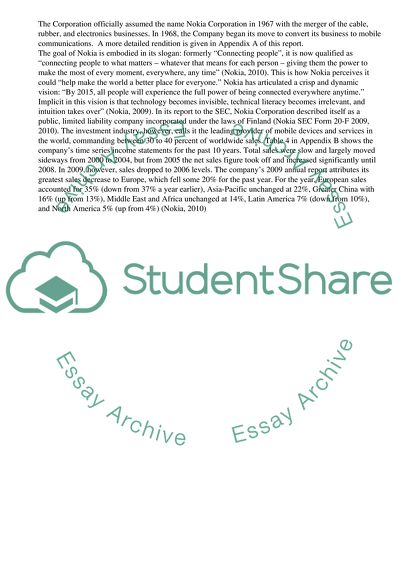Cite this document
(International Financail Management: Nokia Company Analysis Research Paper, n.d.)
International Financail Management: Nokia Company Analysis Research Paper. Retrieved from https://studentshare.org/management/1733705-international-financail-management
International Financail Management: Nokia Company Analysis Research Paper. Retrieved from https://studentshare.org/management/1733705-international-financail-management
(International Financail Management: Nokia Company Analysis Research Paper)
International Financail Management: Nokia Company Analysis Research Paper. https://studentshare.org/management/1733705-international-financail-management.
International Financail Management: Nokia Company Analysis Research Paper. https://studentshare.org/management/1733705-international-financail-management.
“International Financail Management: Nokia Company Analysis Research Paper”, n.d. https://studentshare.org/management/1733705-international-financail-management.


